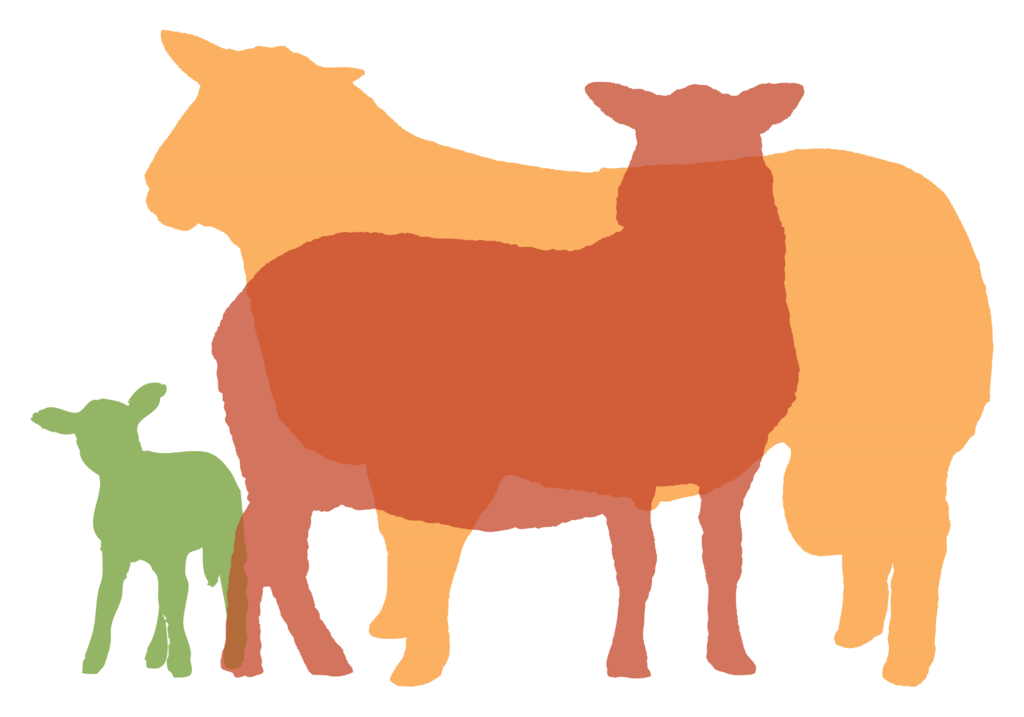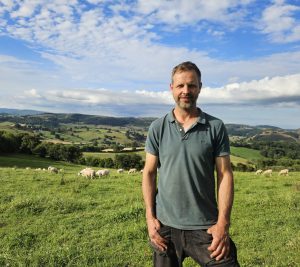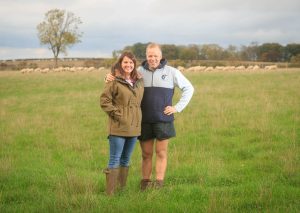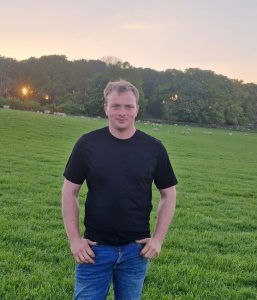How is Patrick Morris-Eyton gearing up his family’s flock to be profitable without payments?
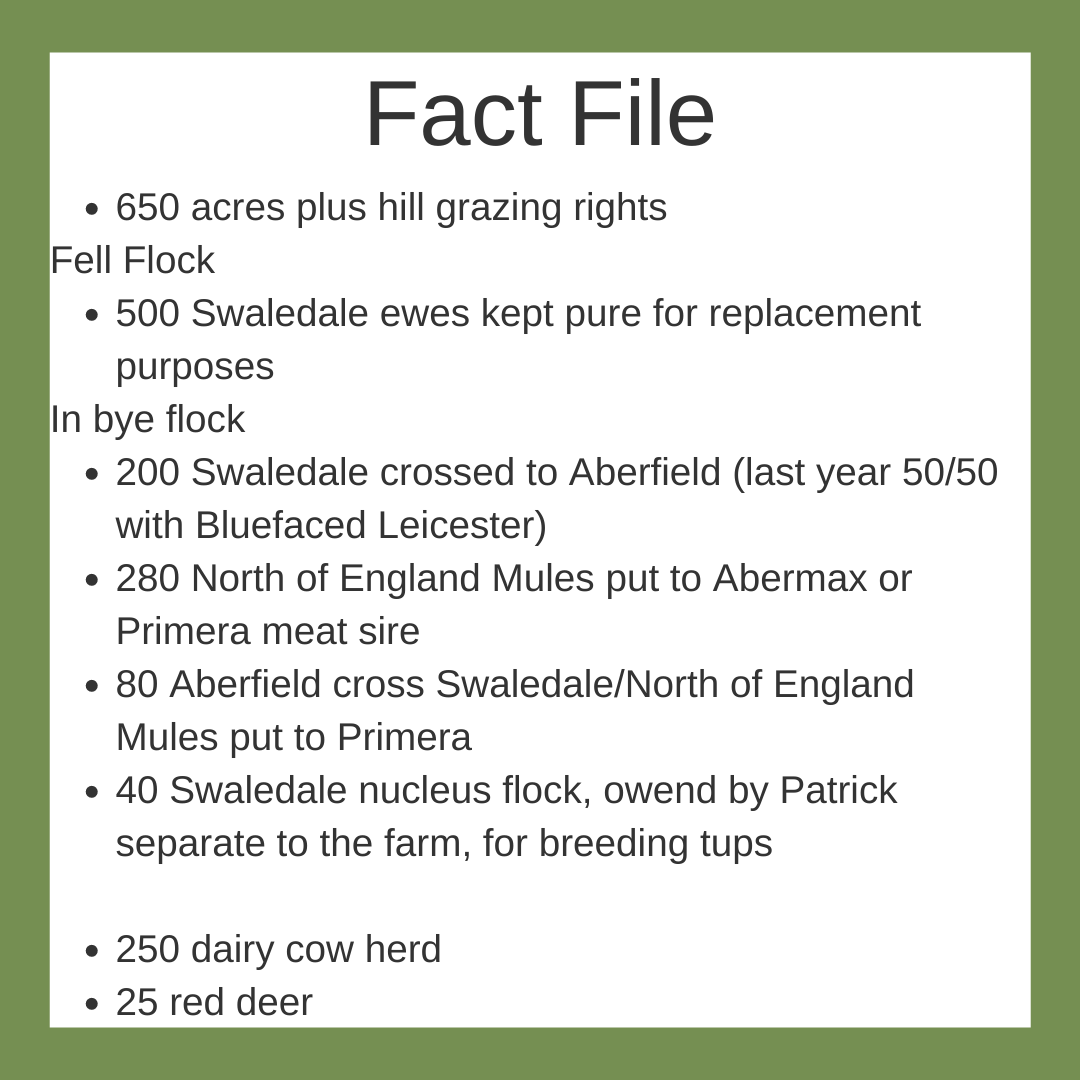
“For starters these Aberfield cross Swaledale ewes are eating less since they are maturing at a lighter 65kg to 70kg compared to our traditional Mules which average 80kg to 85kg, with Aberfield cross Swaledale hoggs scanning slightly higher, and they have proved to be far easier to lamb – I had to touch just 2% of the Aberfield cross Swaledale hoggs this season compared to 10% of our Mule hoggs. What’s more, the lambs are very vigorous and their dams have plenty of milk and demonstrate great motherability. Add these factors together and ultimately I believe they will open the door to lambing outdoors which will bring a significant reduction to labour requirements, say halving the current three required. Going forward my target is for one person to manage 1,000 ewes.
”Producing more kilos of lamb per acre from a forage based system has to be the way forward for future sheep farmers, says Patrick Morris-Eyton who has already introduced a new strategy using Innovis genetics which he considers to be successful work in progress.
“Our current focus is on swapping the Bluefaced Leicester for the Aberfield within the hill unit’s stratified system to develop an Aberfield cross Swaledale which is proving to require far less maintenance and leave fast growing lively lambs with a better carcase, with no Aberfield cross Swaledale lambs being less than R3L, compared to the Mules where 15% of the wethers struggled to hit R3L” he explains.
“This year we’ve introduced the New Zealand bred Primera meat sire to the Aberfield cross Swaledale hoggs; they lambed very easily, the lambs had great vigour, they are growing very quickly and are on course for 50% to reach target weight within 120 days.”
Patrick has also replaced a Continental terminal sire for the Abermax meat sire to cover the traditional Mules. “These lambs are growing away very well, and last year season they reached 22kg target deadweight on average three weeks earlier than previously; 60% finished within 120 days, 84% within 150 days and the entire crop within 200 days without any concentrate. Furthermore 75% were within the R3L specification and the rest E and U.”
The Abermax has also proved to have ram power. “Last season one tup served 210 ewes, he came out of the field in exactly the same condition as he went in and 90% of those ewes lambed within the first three weeks scanned at 220%”
Patrick became aware of Innovis whilst considering a more efficient, lower cost system. “Our traditional Mules were requiring far too much maintenance, and having learned that grazed grass is the cheapest form of feed whilst working for a spell in New Zealand, we agreed that a forage based system was the way forward.
“We found that Innovis genetics are developed from totally forage based systems, what’s more they are all recorded for performance traits,” Patrick explains. “In fact I believe that in future we could see more performance recorded Innovis genetics taking over from traditional hill breeds where people are searching for a more profitable and efficient system – Blackface, Swaledales and North Country Cheviot which have focused on looks instead of being bred for profitability, in particular carcase traits, consequently these wether lambs have a reduced value.”
In addition to changing flock genetics, Patrick has simultaneously begun to improve the unit’s forage potential. “We have introduced a rotational grazing system stocking 11.5 ewes plus lambs per acre, and which so far has enabled us to increase stocking rate by an overall 7% and improve sward quality. In future we plan to do more reseeding, and for the sheep to have equal priority in our grassland management system to the dairy cows and heifers which have previously taken the lead.”
While changing the farm’s commercial flock strategy Patrick also runs a small pedigree flock of Swaledales having purchased bloodlines from some of the top flocks. The pedigree flock is managed alongside the commercial flock whilst seeking to breed fashionable sheep, leading to considerable success in both show and sale ring.
“Added together and the measures we are taking now to farm more efficiently in future, should we believe help us to continue a profitable business.”
